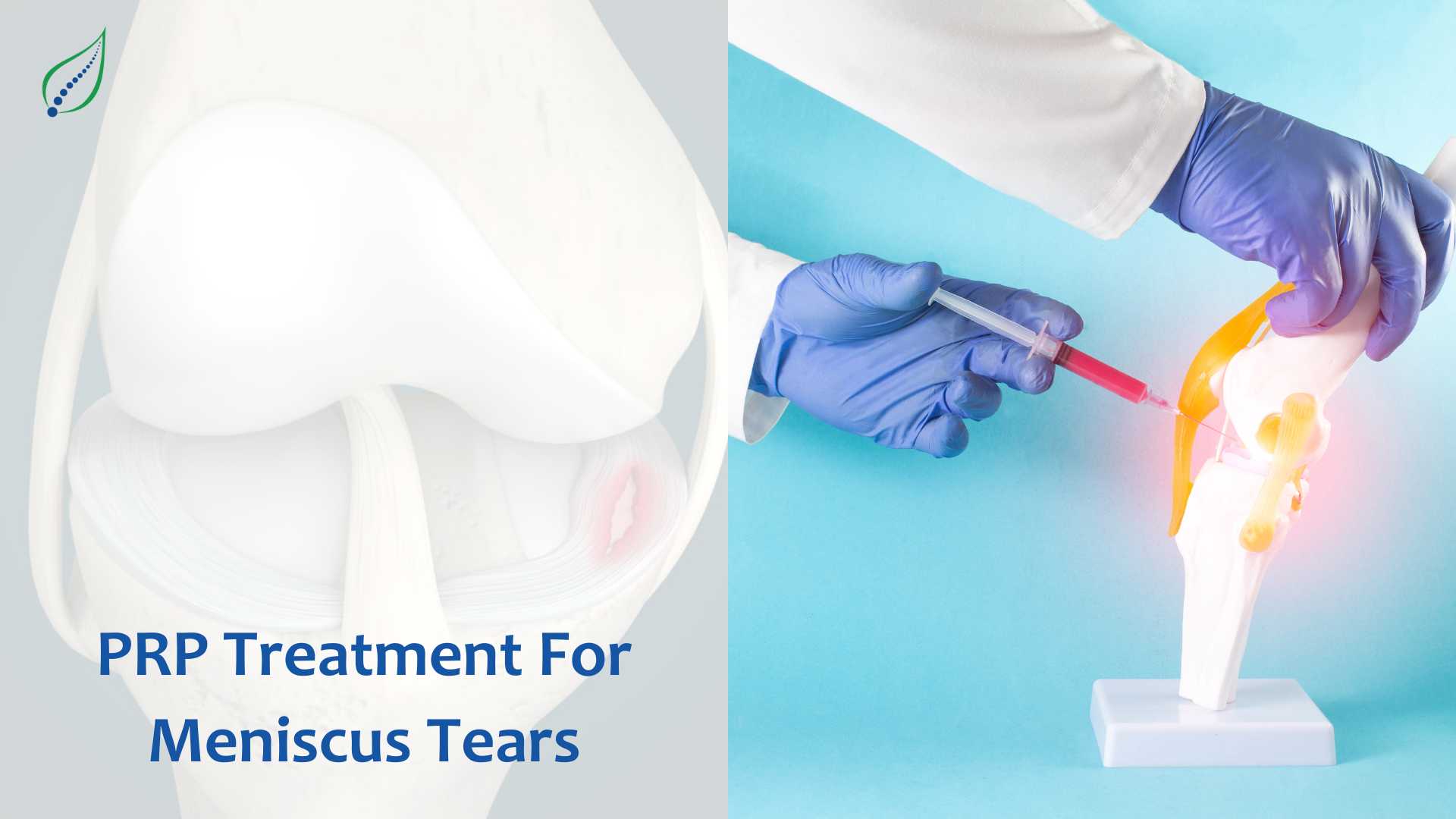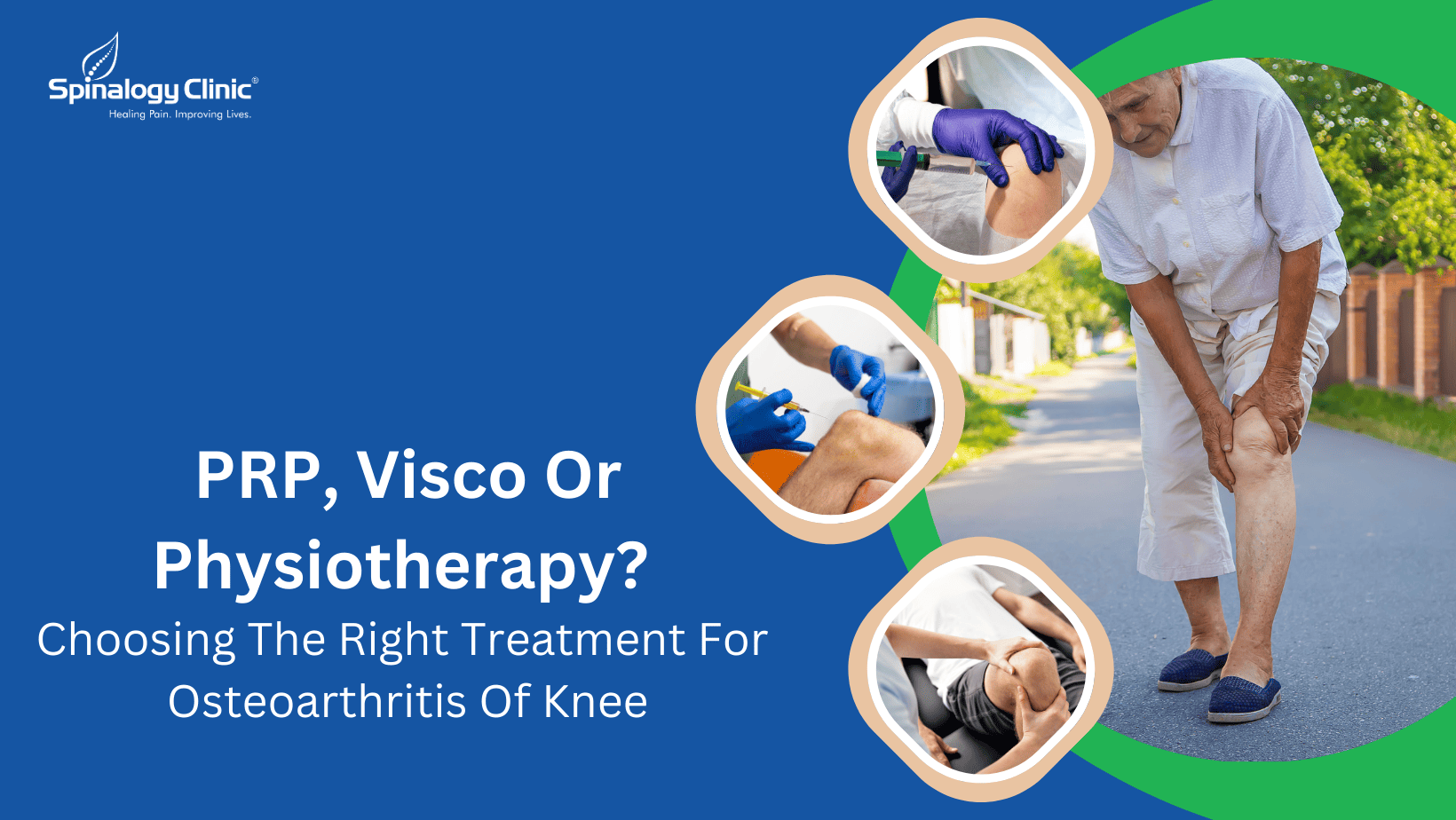PRP Treatment For Meniscus Tears
The meniscus is a C-shaped piece of cartilage that acts as a shock absorber in the knee between the thigh bone (femur) and shin bone (tibia). Each knee has two menisci – one on the medial side of the knee (medial meniscus) and one on the outer side (lateral meniscus). Meniscus tears are among the most common knee injuries, especially in athletes. They occur when the meniscus is twisted or caught between the bones as the knee rotates. Meniscus tears can be very painful and debilitating, often leading to osteoarthritis over time if left untreated.
Fortunately, some promising non-surgical treatments are available for meniscus tears, including platelet-rich plasma (PRP) injections. PRP contains concentrated growth factors that can potentially help heal damaged meniscus tissue. Here is an overview of how PRP works and its effectiveness for meniscus tear treatment.
What is PRP Therapy?
PRP stands for platelet-rich plasma. It is plasma (the liquid portion of blood) that has been processed to concentrate the platelets and their growth factors up to 8 times higher than normal levels. Platelets are cells that circulate in the bloodstream and are involved in clotting. However, they also contain hundreds of proteins called growth factors involved in injury healing and tissue regeneration.
PRP Harnesses the Body’s Natural Healing Abilities
The benefit of PRP therapy is that it uses the growth factors already present in the patient’s own blood to stimulate tissue repair. It is considered a safe treatment option because it does not involve adding any foreign substances to the body. It has recently gained popularity as a potential treatment for sports injuries, tendinosis, arthritis, and acute and chronic soft tissue injuries.
Several studies have identified some of the key growth factors in PRP that could be beneficial for meniscus repair, including:
- PDGF – stimulates cell proliferation and collagen production
- TGF-β – regulates inflammation and facilitates collagen organization
- VEGF – promotes angiogenesis
- IGF-1 – stimulates cell growth and proliferation
- FGF – stimulates angiogenesis and fibroblast proliferation
The combination of these growth factors creates a biological stimulus for cellular recruitment, angiogenesis, and localized tissue regeneration that can heal damaged meniscus tissue.
Effectiveness of PRP for Meniscus Tear Treatment
Multiple studies have investigated PRP as a possible treatment approach for various stages of meniscus injury, from early degeneration to complex tears. Here is a summary of the research on PRP for meniscus tears:
- A 2018 systematic review evaluated 10 studies on PRP for meniscus repair and found generally positive results. PRP resulted in improved pain, function, and activity levels compared to control groups or hyaluronic acid injections. Magnetic resonance imaging (MRI) evaluation also showed enhanced meniscal healing.
- A 2016 randomized controlled trial divided 30 patients with complex degenerative meniscus tears into two groups. One group received three ultrasound-guided PRP injections while the control group received saline injections. After 6 months, the PRP group had significantly better knee function scores and reduced pain compared to the saline group.
- A 2015 study followed 50 patients with early-stage osteoarthritic changes and meniscus degeneration. They were treated with four PRP injections over 6 months. At the end of treatment, knee function and mobility had significantly improved, and MRI scans showed regeneration of meniscal cartilage. 90% of patients reported satisfaction with the PRP therapy results.
While studies are still emerging, the current research suggests PRP can be a practical conservative treatment approach for some meniscus tears, particularly in the early stages. It has the potential to relieve symptoms, restore function, regenerate meniscal tissue, and avoid or delay surgery. More high-quality studies are needed to compare PRP versus surgery for complex meniscus tears.
How is PRP Administered for Meniscus Tears?
If you and your doctor determine PRP therapy is appropriate for your meniscus tear, the PRP is prepared and injected in an outpatient department. Here is a brief overview of the process:
- A small sample of your blood, around 20-60mL, will be drawn and placed in a centrifuge to isolate the platelet-rich plasma. This takes around 15 minutes.
- Your provider will use location techniques to guide the injection into the torn meniscus area. At times USG or C Arm guidance is used for the same. The site is sterilised, and a local anaesthetic is applied to numb the skin and tissue.
- Using the adequate needle, the PRP injection is precisely administered into and around the damaged meniscus area. Several small deposits of PRP may be injected to cover the tear location thoroughly.
- Bandages are applied, and you must avoid putting weight on the knee for 1-2 days after the injection. Prescribed pain medication can help manage discomfort.
Factors That Influence PRP Effectiveness
Having realistic expectations about PRP therapy results is important, as outcomes can vary between patients and types of meniscus tears. Researchers have identified several factors that may influence PRP effectiveness:
- Age of patient – Better results are seen in younger patients under 50. Older patients may have more advanced cartilage degeneration that is less responsive to PRP and may need 2-3 sittings.
- Size and location of the meniscus tear – Smaller tears and those located in more vascular regions with better blood supply tend to respond better to PRP injections. Larger complex tears in avascular zones are more challenging.
- Activity level of patient – Athletes and younger active patients may see better functional improvement from PRP than older sedentary patients.
- Health of meniscus and joint – PRP works best for early-stage degenerative changes before significant osteoarthritis has set in. Severely damaged meniscus tissue is less likely to respond.
Patients who use PRP with lifestyle modifications, a healthy diet to reduce inflammation, and physical therapy tend to experience the most optimal outcomes from the treatment.
The Bottom Line
Multiple studies have shown PRP to be beneficial for early-stage meniscus degeneration and effective at alleviating symptoms of complex tears, at least in the short term. More research is still needed to determine the longer-term durability of results. PRP injections present a very low-risk option that could help support the natural healing of meniscus tissue before considering surgical interventions. Talk to your orthopaedic doctor to determine if PRP therapy is right for you.




